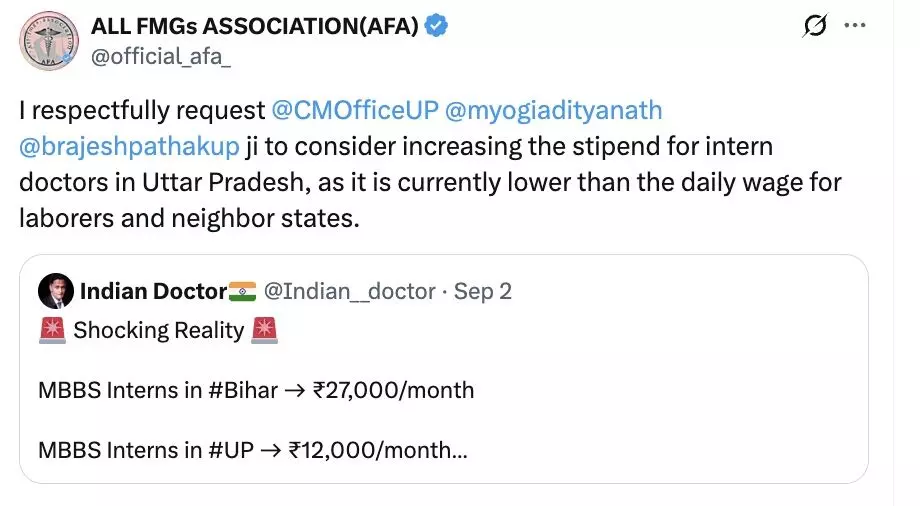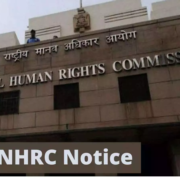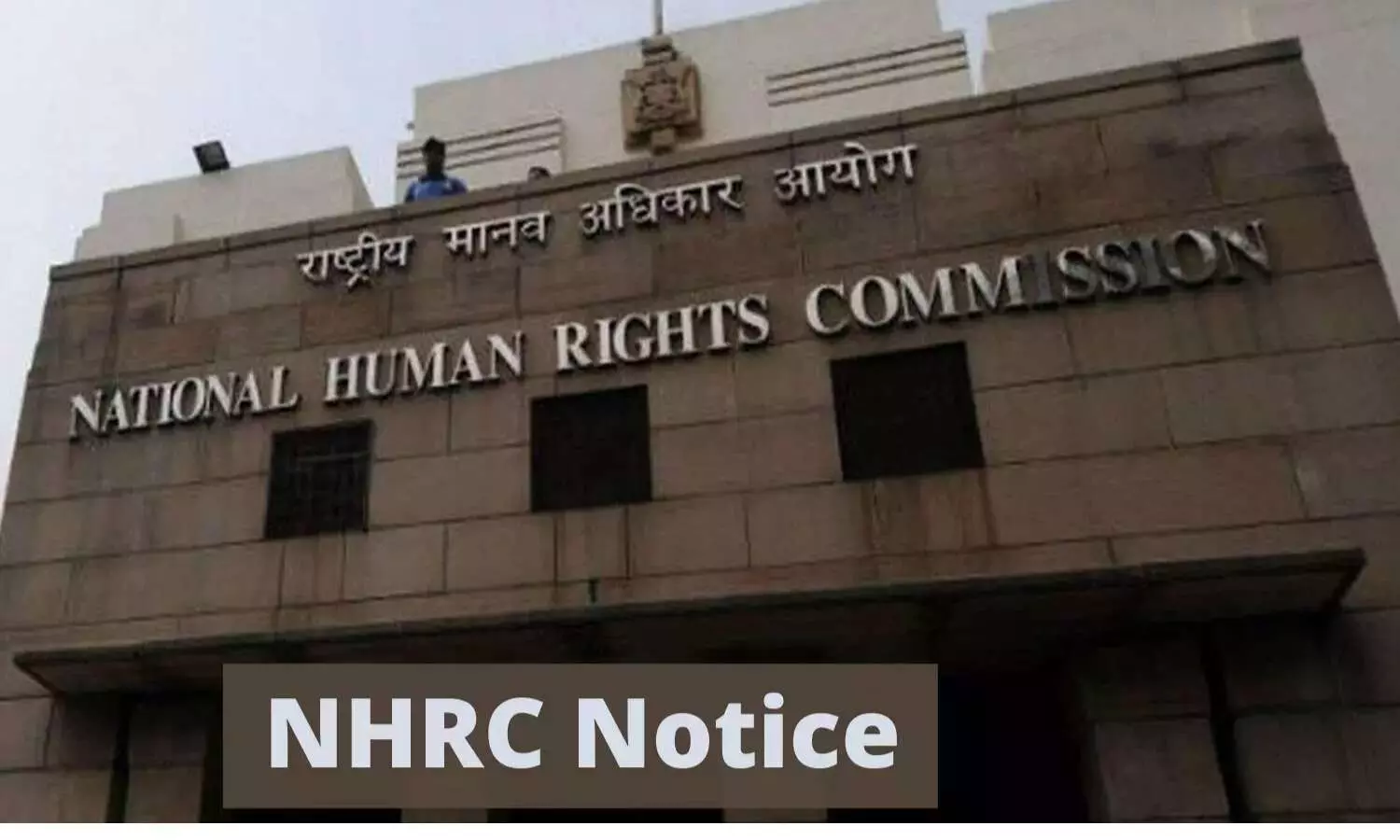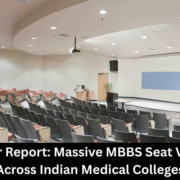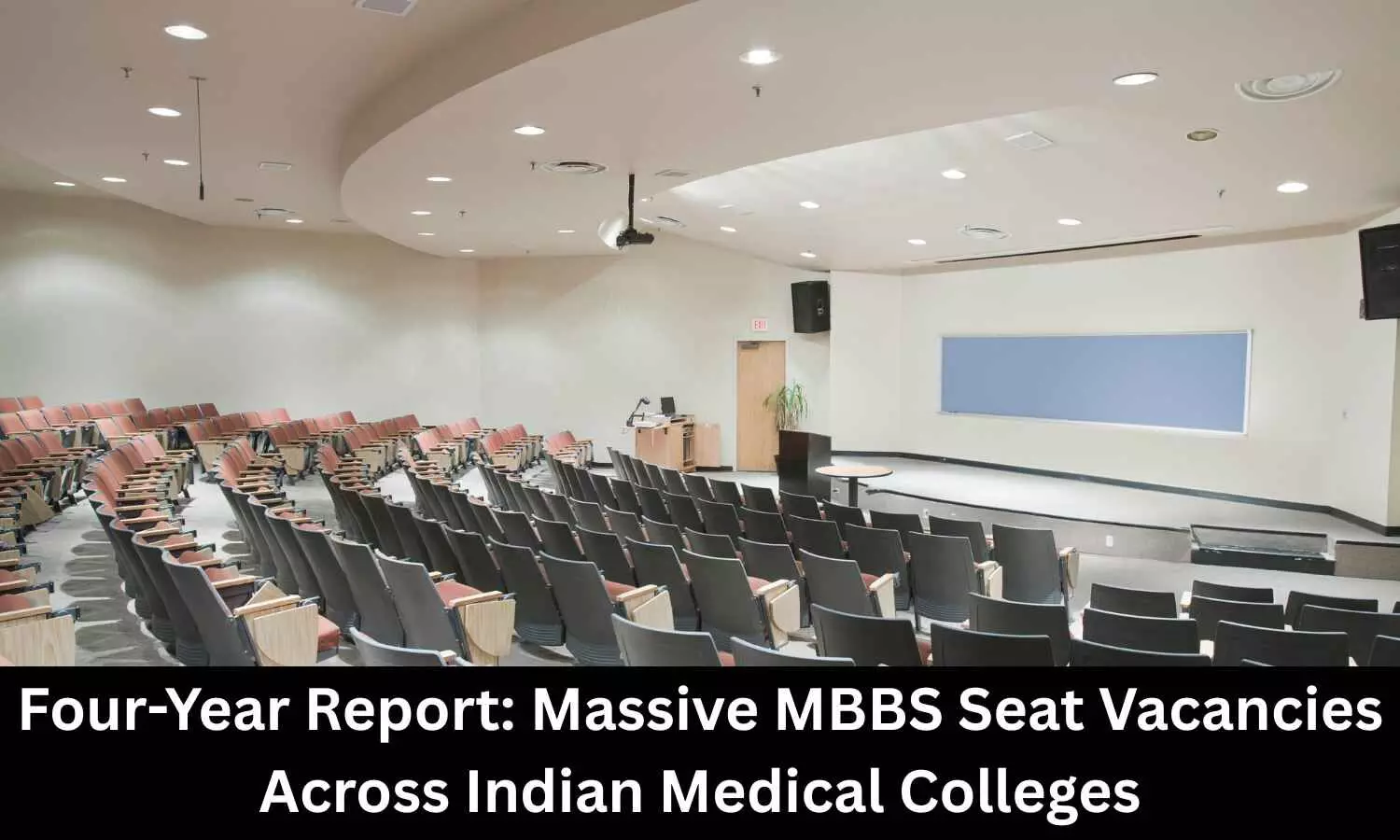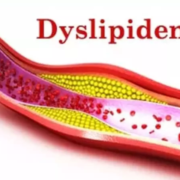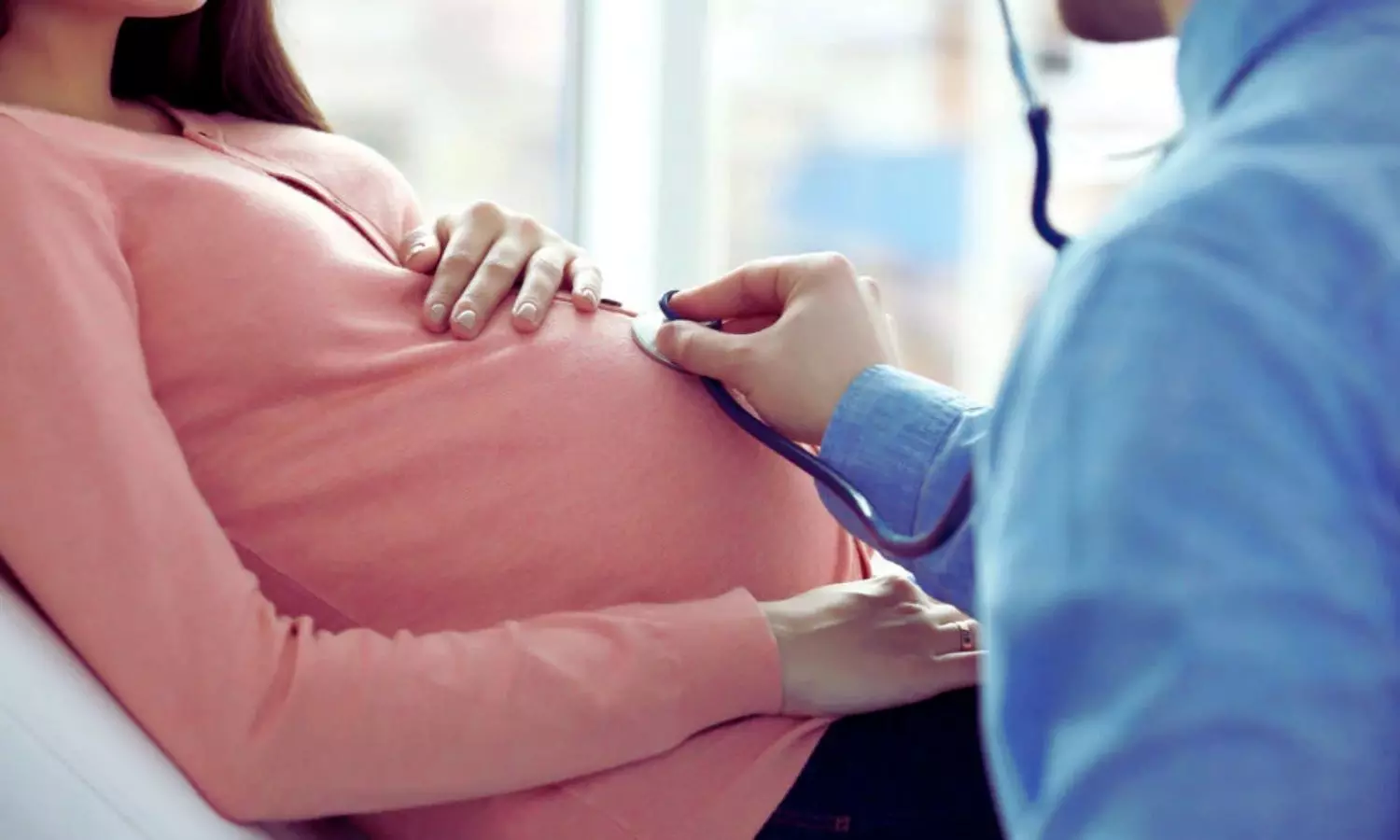The Task Force, composed of experts from various European countries and the United States, meticulously reviewed new evidence published up to March 31, 2025, to ensure the guidelines reflect the latest advancements in patient care.
Here are 10 important points or key takeaways from this significant update:
1. Revised Cardiovascular Risk Estimation: The update recommends the use of SCORE2 for apparently healthy individuals under 70 years old and SCORE2-OP (Systematic Coronary Risk Evaluation 2-Older Persons) for those aged 70 to 89 years, to estimate the 10-year risk of both fatal and non-fatal cardiovascular disease (CVD). These new algorithms replace the older SCORE algorithm and consider non-HDL cholesterol, offering a more comprehensive risk assessment.
2. Subclinical Atherosclerosis as a Risk Modifier: The presence of subclinical coronary atherosclerosis, identified through imaging or an increased Coronary Artery Calcium (CAC) score (e.g., >300), should now be considered to improve risk classification. This is particularly relevant for individuals at moderate risk or those around treatment decision thresholds, as it can indicate a higher risk than calculated by SCORE2/SCORE2-OP alone.
3. Bempedoic Acid for LDL-C Lowering: Bempedoic acid is now recommended for patients who are unable to tolerate statin therapy to achieve their low-density lipoprotein cholesterol (LDL-C) goals. It can also be considered as an add-on therapy to the maximally tolerated statin dose, with or without ezetimibe, for high or very high-risk patients. Bempedoic acid typically reduces LDL-C by approximately 23% as monotherapy and by 18% when added to statin therapy.
4. Evinacumab for Homozygous Familial Hypercholesterolaemia (FH): For patients aged 5 years or older with homozygous FH who have not reached their LDL-C goal despite receiving maximum doses of other lipid-lowering therapies, evinacumab should be considered to significantly lower LDL-C levels, with observed reductions close to 50%.
5. Intensified Lipid-Lowering in Acute Coronary Syndromes (ACS): The guidelines emphasize a strategy of early, intensive LDL-C lowering during index hospitalization for ACS. This involves immediate initiation of statin therapy and, when necessary, combination treatment with one or more non-statin therapies with proven CV benefit. This approach supports the principle of “the sooner, the lower, the better” to prevent recurrent CV events in this vulnerable patient population.
6. Lipoprotein(a) [Lp(a)] as a Cardiovascular Risk Enhancer: Lp(a) levels above 50 mg/dL (105 nmol/L) should be considered a cardiovascular risk-enhancing factor in all adults, with higher levels correlating with a greater increase in risk. Measurement of Lp(a) is recommended at least once in an adult’s lifetime, especially in younger patients with FH or premature ASCVD, or in moderate-risk individuals to refine risk classification.
7. High-Dose Icosapent Ethyl for Hypertriglyceridaemia: For high-risk or very high-risk patients with elevated triglyceride levels (fasting triglyceride level 135–499 mg/dL or 1.52–5.63 mmol/L) despite statin therapy, high-dose icosapent ethyl (2 × 2 g/day) should be considered in combination with a statin to reduce the risk of cardiovascular events.
8. Volanesorsen for Severe Hypertriglyceridaemia due to Familial Chylomicronemia Syndrome (FCS): Volanesorsen (300 mg/week) should be considered in patients with severe hypertriglyceridaemia (levels >750 mg/dL or >8.5 mmol/L) specifically attributed to FCS, to lower triglyceride levels and reduce the risk of acute pancreatitis.
9. Statin Therapy for Primary Prevention in People with HIV (PWH): Statin therapy is now recommended for PWH aged ≥40 years in primary prevention, irrespective of their estimated cardiovascular risk and LDL-C levels. This recommendation, based on the REPRIEVE trial, aims to reduce cardiovascular events, with careful consideration of potential drug interactions with antiretroviral therapy.
10. Statins for Cardioprotection in Cancer Therapy: Statins should be considered in adult patients at high or very high risk of developing chemotherapy-related cardiovascular toxicity, such as anthracycline-induced cardiac dysfunction. This reflects growing evidence supporting their cardioprotective role in this specific patient group.
François Mach, Department of Cardiology, Geneva University Hospital, Geneva, Switzerland, and colleagues note that while new recommendations for risk estimation and specific therapies have been introduced, the LDL-C treatment goals and therapeutic guidance based on cardiovascular risk categories have not changed from the 2019 ESC/EAS Guidelines. The intensity of recommended LDL-C lowering continues to be determined by an individual’s level of risk.
Furthermore, the update reiterates that dietary supplements or vitamins without documented safety and significant LDL-C-lowering efficacy are generally not recommended to lower the risk of atherosclerotic cardiovascular disease, with the exception of high-dose, purified icosapent ethyl in the context of hypertriglyceridaemia.
Reference:
Mach, F., Koskinas, K. C., E, J., Tokgözoğlu, L., Badimon, L., Baigent, C., Benn, M., Binder, C. J., Catapano, A. L., De Backer, G. G., Delgado, V., Fabin, N., Ference, B. A., Graham, I. M., Landmesser, U., Laufs, U., Mihaylova, B., Nordestgaard, B. G., Richter, D. J., . . . Shek, A. 2025 Focused Update of the 2019 ESC/EAS Guidelines for the management of dyslipidaemias: Developed by the task force for the management of dyslipidaemias of the European Society of Cardiology (ESC) and the European Atherosclerosis Society (EAS). European Heart Journal. https://doi.org/10.1093/eurheartj/ehaf190

